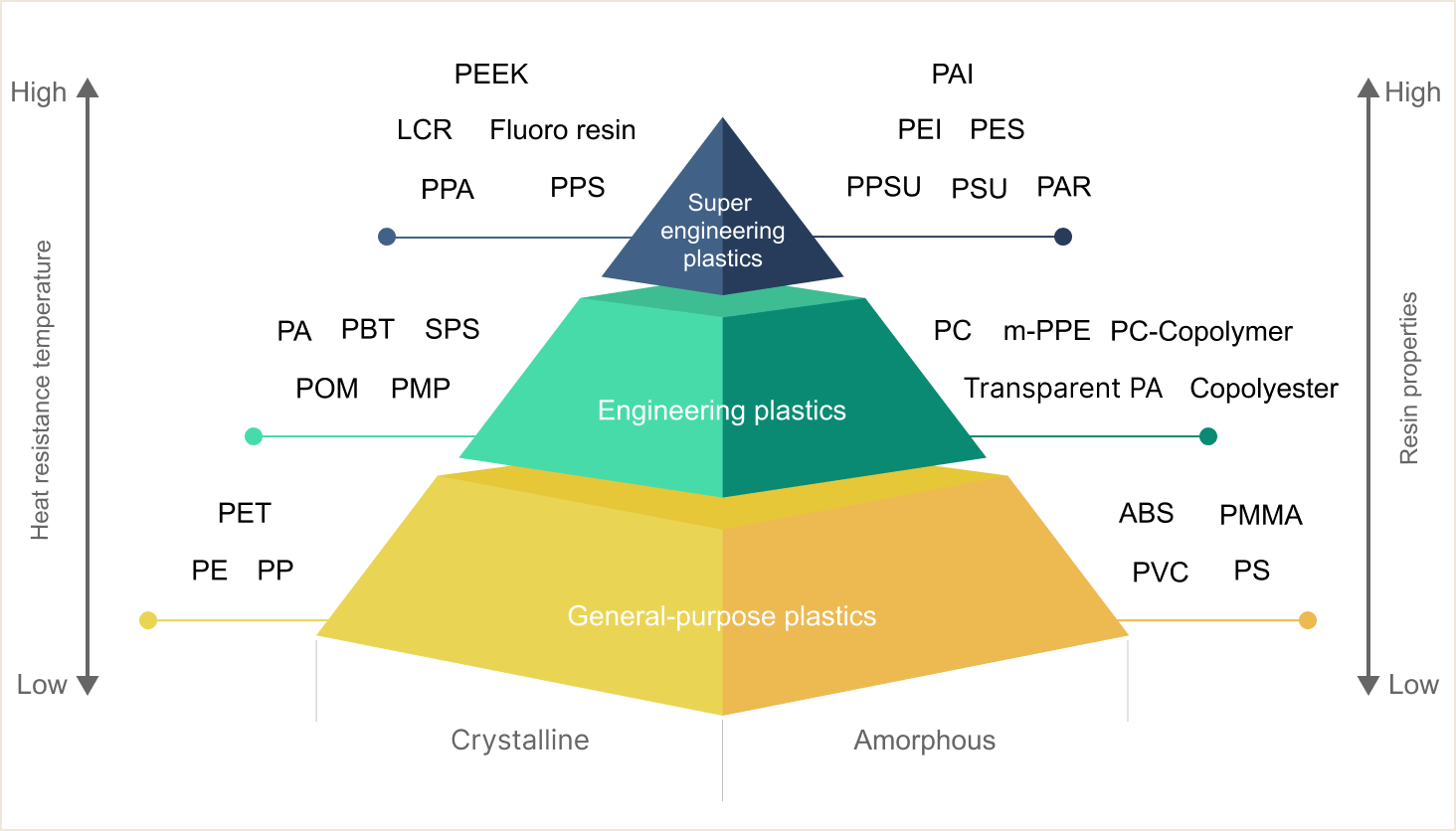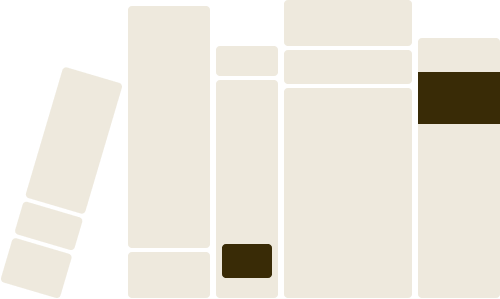Overview
Applications
Comparison

Chemical formula

Specific gravity
1.26

Thermal properties
30~
Tg(℃)

115
Tm(℃)

Characteristics

Flexibility

Biodegradability
Commentary
PBS has been produced from succinic acid and 1,4-butanediol, which are petrochemical raw materials. In recent years, succinic acid derived from plants has been produced, and PBS using this raw material has become mass-produced.
It is a biodegradable aliphatic polyester that is decomposed into water and carbon dioxide by microorganisms in the natural environment.
Key points
- It has similar properties to PE, and by changing theconventional paper cup +PEcoating (water resistance)toPBS, it is possible to take advantage of the biodegradability of paper.
- It is also compatible with other biodegradable plastics, and a synergistic effect can be achieved by blending them together.

Paper cup

Reason for adoption
PBS Coating paper, does not allow water to penetrate and decompose with paper
Multilayer film

Reason for adoption
Biodegradable resin with heat sealability
Cutlery

Reason for adoption
Biodegradation



Crystalline

Polyethylene

Polypropylene

Polyethylene
Terephthalate

Polyoxymetylene /
Polyacetal

Polybutylene
Terephthalate

Polyamide 6 /
Polyamide 66

Syndiotactic
Polystyrene

Poly Phenylene Sulfide

Polyphthalamide

Liquid Crystal Polymer

Fluorocarbon Polymers

Polyether-etherketone

Polymethyl-pentene






























